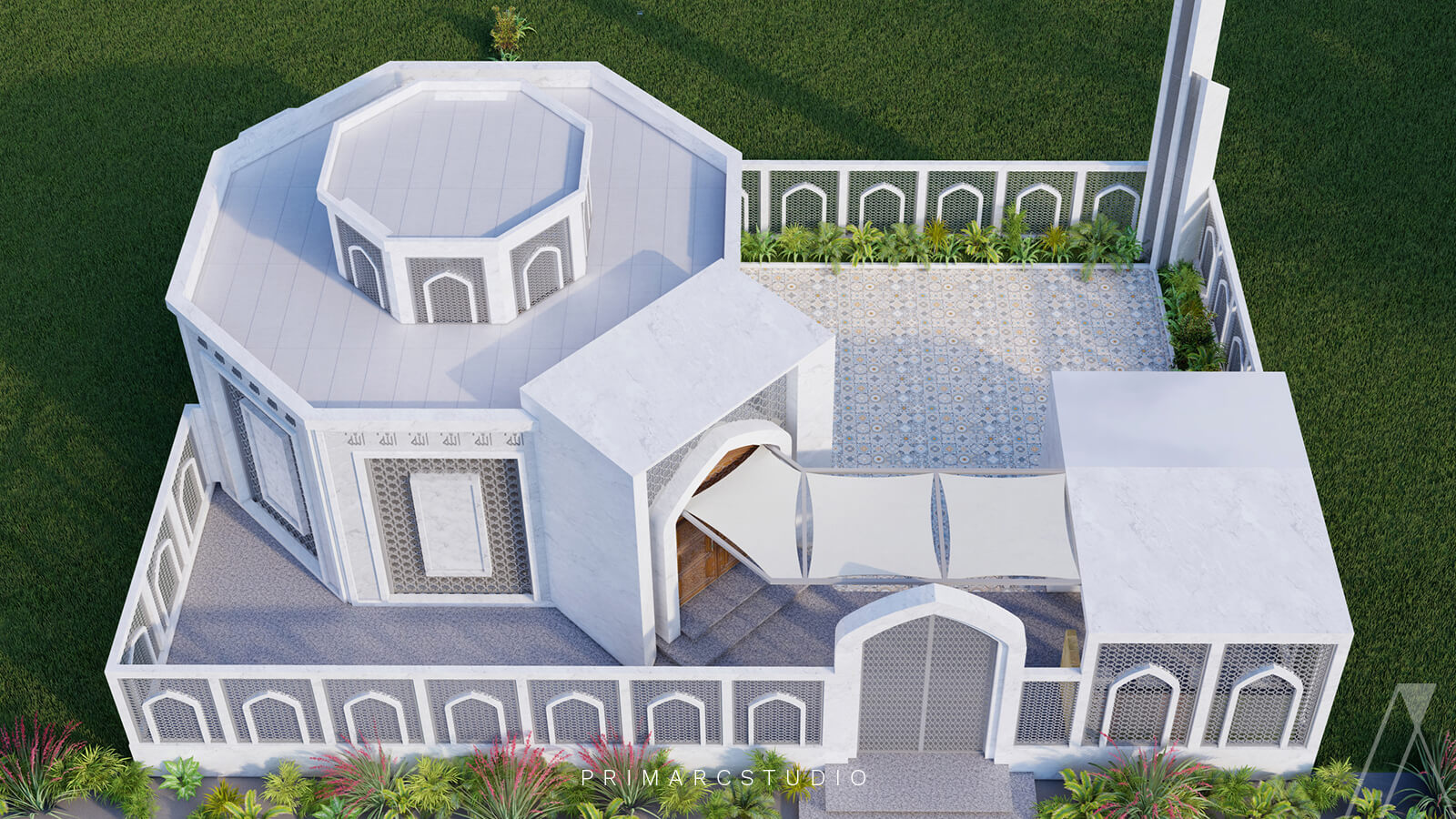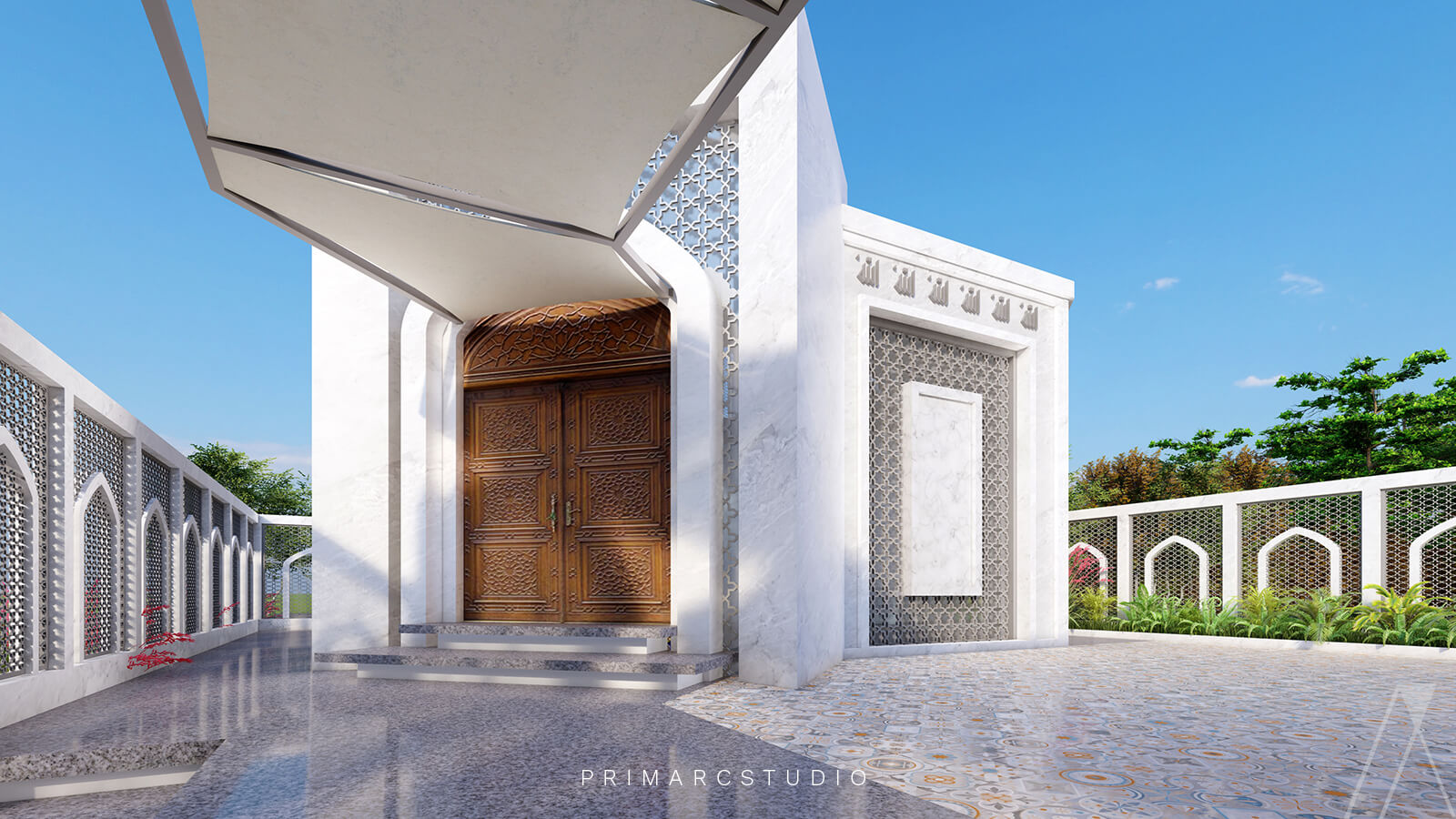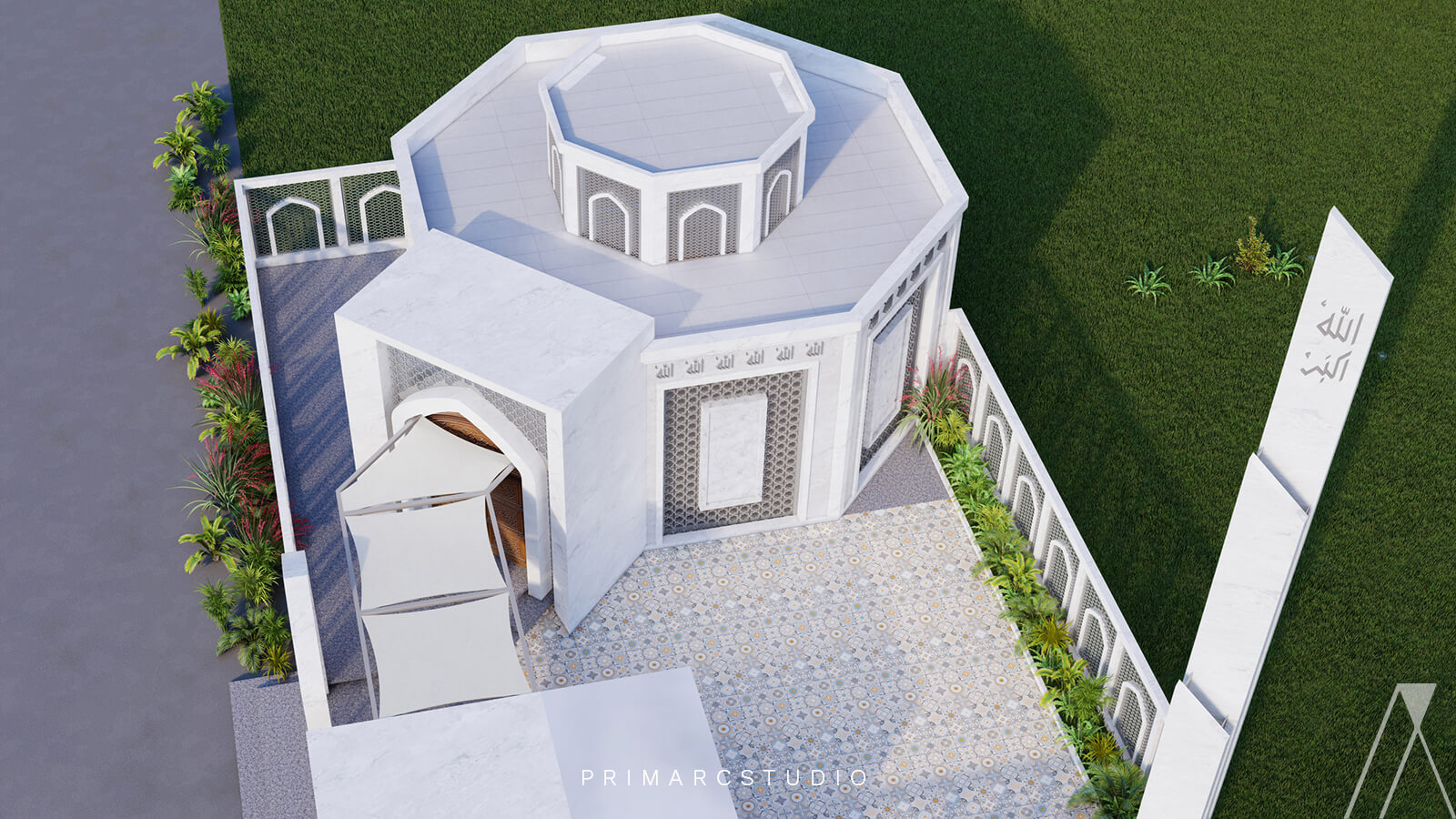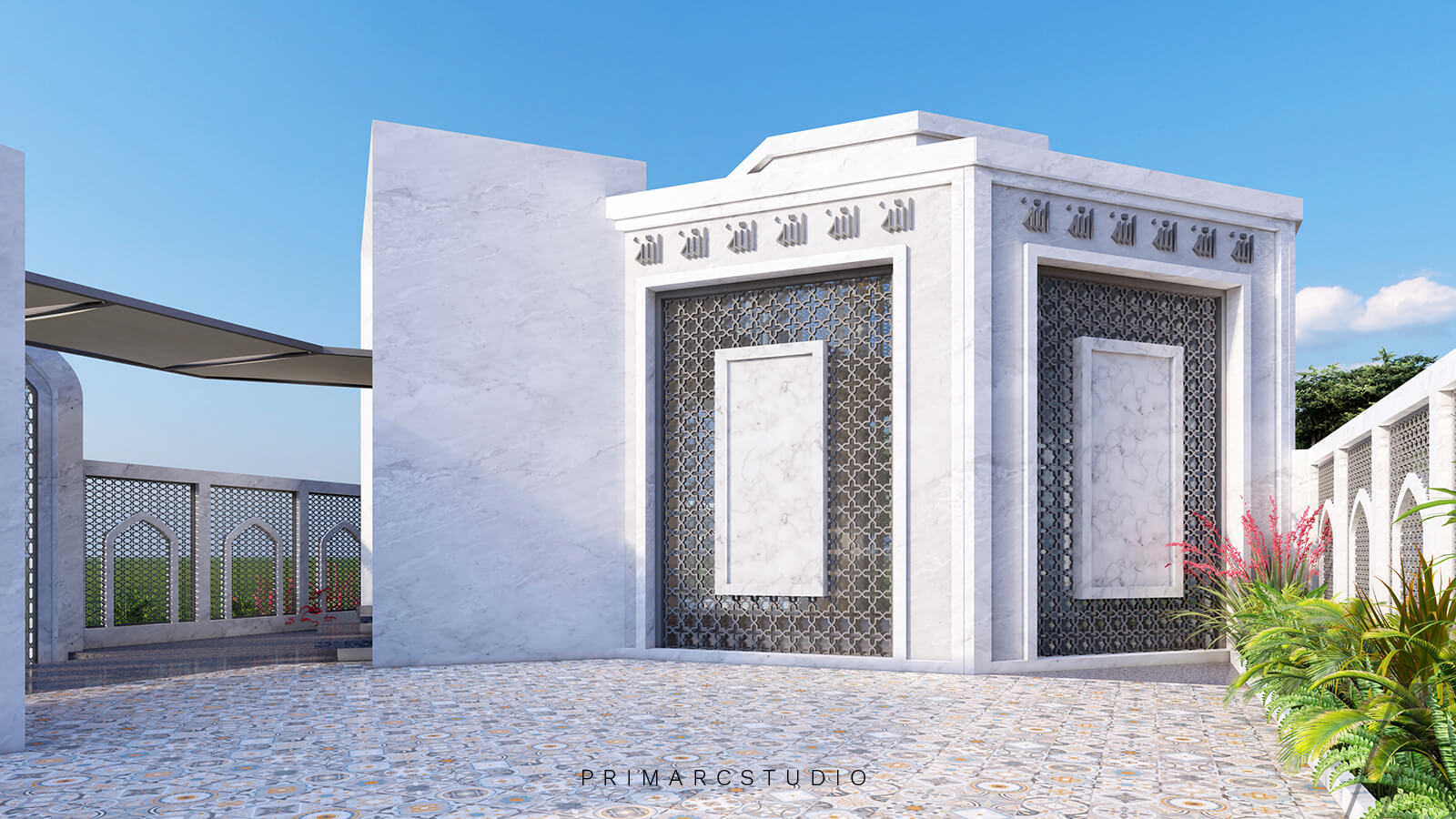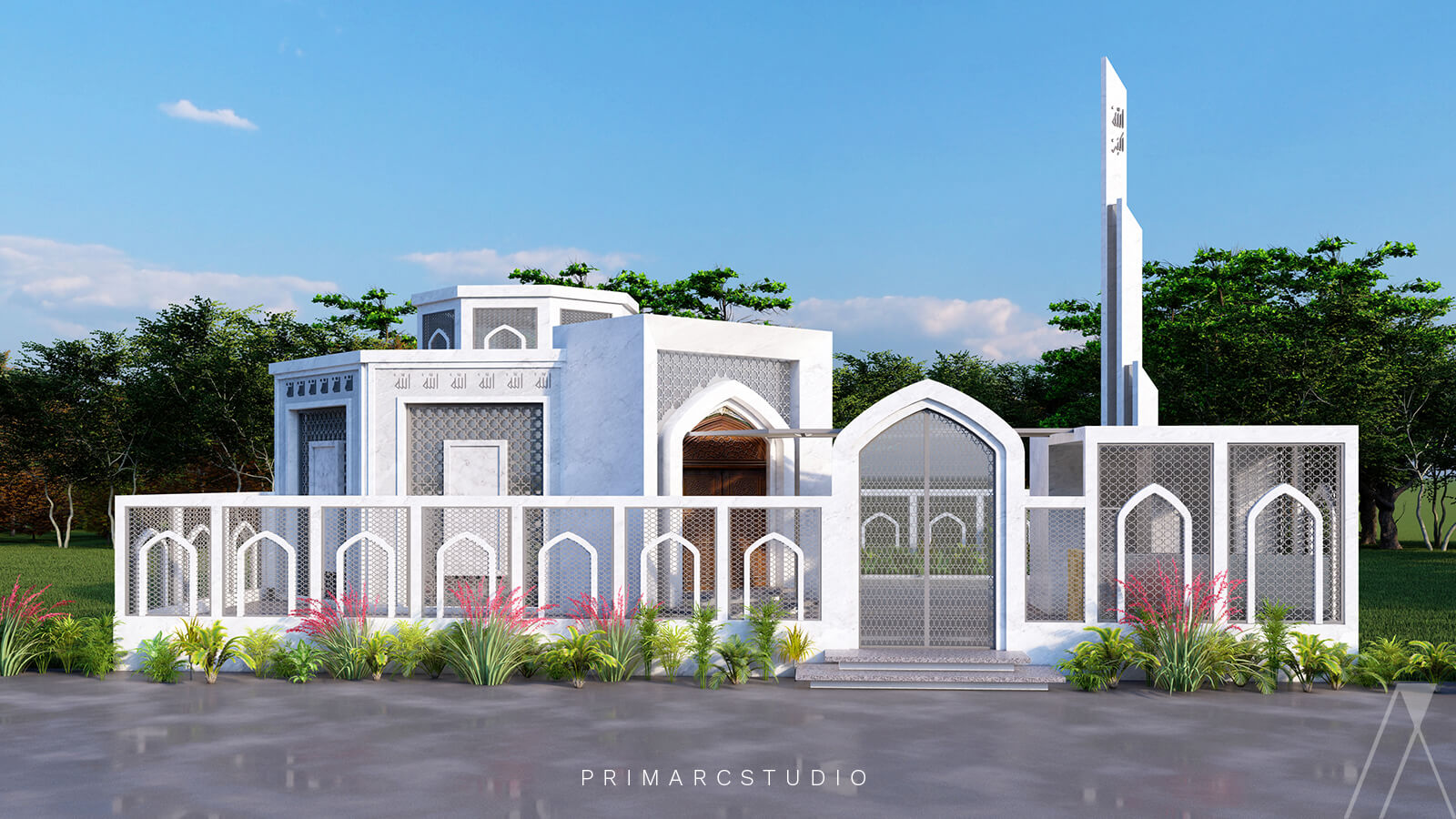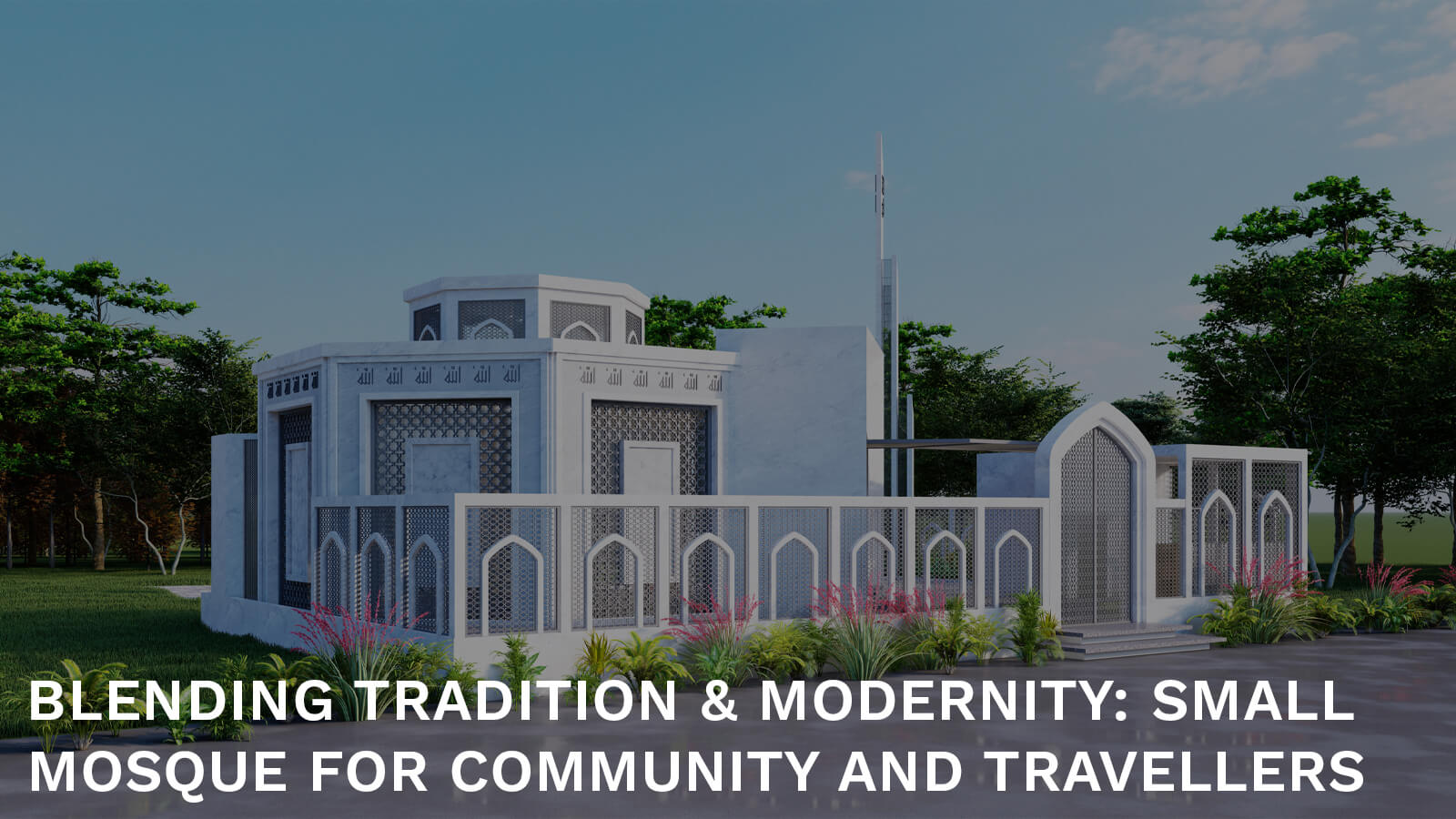
Blending Tradition and Modernity: Small Mosque for Community and Travellers
Gujrat is a historical city in Pakistan’s Punjab province. It’s the capital of the Gujrat District and a major industrial centre known for its exports of Fans, Cutlery, and other Stainless steel items. Located between the Jhelum and Chenab rivers, Gujrat boasts a population of over 390,000 and is considered one of Pakistan’s 20 largest cities.
Introduction to Mosque and Masjid
Found worldwide in all different shapes and sizes and reflecting different cultures, the mosque is quintessentially renowned as an Islamic building. The mosque, masjid in Arabic, is a Muslim gathering place for prayer.
Masjid means “place of prostration.” Mosques are also used throughout the week for prayer, study, or simply as a place for rest and reflection. A mosque’s style, layout, and decoration can tell us a lot about Islam in general and about the period and region in which it was constructed.
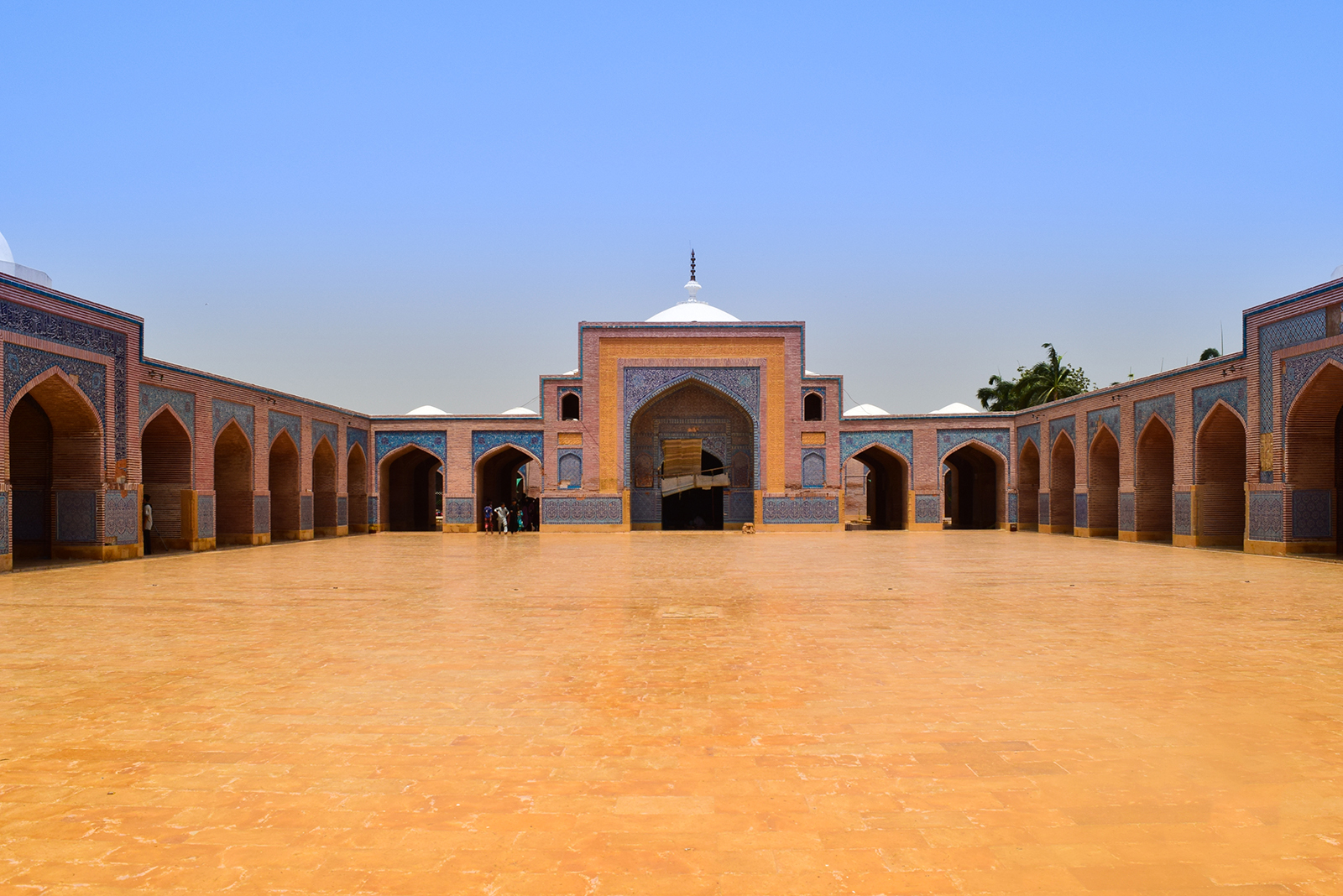
The architecture of a mosque is most strongly shaped by the regional traditions of the time and place where it was built. As a result, style, layout, and decoration can vary greatly. Nevertheless, because of the mosque’s common function as a place of congregational prayer, certain architectural features appear in mosques all over the world.
Process of Designing a Travellers Mosque in Gujrat
A client approached us, and they wanted a room design primarily for travelers, and the community would take care of it. After much discussion, we decided to design a small masjid for travellers and passersby. Being a masjid in Muslim community, the community will also take care of it, and people will pray five times a day there; with this mosque design, we tried to reignite the concept of majids being a community centre and a beacon for people in their worry time.
Also, unpredictable weather or situations arise where travellers find themselves in desperate need of shelter. While there is no abundance of hotels and inns in this village, and the main city, Gujrat, is an hour away, it is quite a predicament regarding affordability and accessibility. Considering this situation, this small mosque was designed to give easy access to all travellers. As it is conceptualized on past subcontinental practices, the architects found it befitting to add Mughal architectural features to allude to its proud heritage.
The footprint of the masjid should be as small as possible, with all the modern features and amenities, and no future extension possibility. Thus, with these points in mind, we went to the drawing board.
Basic Idea Behind the Small Masjid Design
In terms of design, mosques’ basic stylistic features revolve around geometric patterns, floral decorations, and mosaics intended to imbue worshippers with a sense of unity, peace, and brotherhood. Furthermore, inscriptions of Quranic texts in Arabic are incorporated throughout the mosque to give a constant connection to the historical scriptures.
A Sustainable Masjid Design Rooted in Mughal Tradition
Primarc Studio’s recent project comprised designing a sustainable, modern mosque for Shiagan Pharmaceuticals Pvt Ltd in Rawalpindi near Adyala Jail. Keeping true to the climatic and local environment, the mosque design was kept decisively simplistic, aiming to draw focus on its essential purpose: a shelter for those who seek it. The patron of the mosque had envisioned a mosque heralding the past practice of hospitality, which entailed providing a resting place for free in the way of charity.
Spiritual grandeur is evoked through building elements within mosques; the columns, ceilings, walls, and windows depict designs that elevate the structure’s integrity to one of a great cultural and religious context. These stylistic features inspire the onlookers through their emphasis on colour, life, and devotion to the purpose of that space.
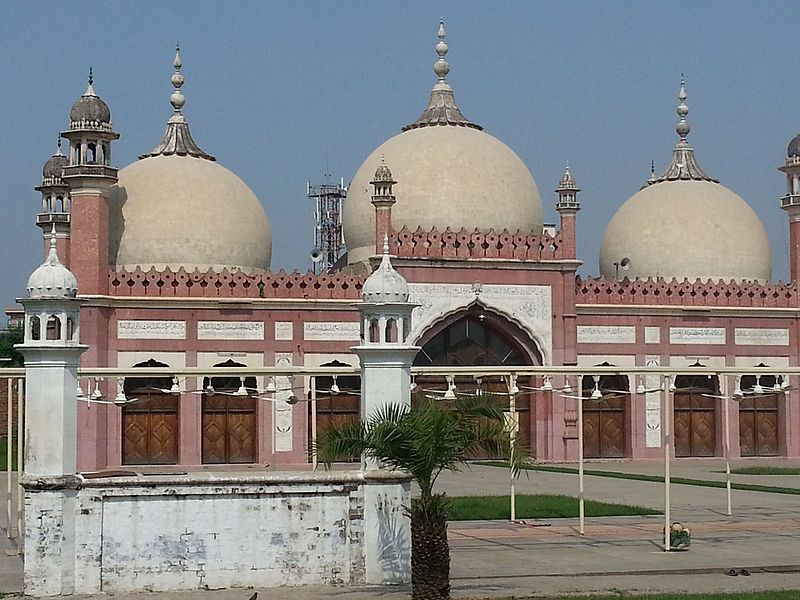
At first glance, the mosque’s Islamic arch entrance resembles Gujrat’s pre-existing Eid Gah, Jamia Masjid, at Grand Trunk Road. The Eid Gah itself was designed as a homage to the infamous Mughal Mosque, Badshahi Masjid in Lahore. The grand domes, towering minarets, grand wooden doors in the mihrab style, open courtyards surrounded by lush greenery, and calligraphy on walls are all Mughal architectural features which this traveller’s mosque in Gujrat incorporates. Therefore, these resemblances to other grand mosques of Mughal architecture place this modern version in their direct lineage.
A Compact Mosque with Welcoming Amenities
At first look, the mosque appears to be a relatively compact, sturdy structure with an inviting open courtyard. The open courtyard (sahn) is typically a fundamental aspect of all mosques to facilitate its congregational purpose by facilitating extra space in addition to prayer halls. However, as this mosque specifically intended to shelter travellers, the prayer hall was kept small and adjoined to an open courtyard. One often finds an ablution area besides the courtyard; its waters are both a welcome respite in hot lands and important for the ablutions (ritual cleansing) done before prayer.
The enclosed hall of the mosque bears basic furnishings and amenities like water, electricity, dedicated space for luggage storage, etc., to help the travellers maximize their comfort. The need to provide a resting area in the mosque is further emphasized through the shaded area that leads to the main prayer hall and ablution area. As this mosque was intended for not the jamia or the main mosque of the community, the capacity for the prayer hall and courtyard was kept under 20. While this may seem less to the common eye, it serves the purpose without becoming a burden to maintain.
The Mosque’s Minimalist Minaret and Subtle Ornamentation
One of the most visibly striking aspects of this mosque’s design is the modern minaret, a towering, singular attachment bearing the inscription of Allahu Akbar. While minarets have usually been incorporated to signify the tower from which the call of the prayer is announced, this mosque bears the invitation to pray through a declaration of God’s greatness. This concept of a pillar like a minaret is divested from the traditional minaret while retaining its essence. Not solely functional, the minaret here serves as a powerful visual reminder of the presence of Islam.
Ornamentation is another aspect of the mosque’s features. Some masjids tend to showcase ostentatious displays through calligraphy, geometrical patterns, marble stone, and woodwork. Gujrat mosque opts for a subtle yet spiritually evoking approach. The boundary of the mosque is demarcated by a latticed wall, bearing ornamental style through geometric patterns. This creates an aesthetic partition without compromising the spacious courtyard’s lighting. The patterns pay homage to the Mughal architectural features, which celebrated symmetry and ornamentation. The geometric facade of the enclosed prayer hall is further elevated through its wooden entrance door. Meanwhile, the surrounding white, latticed walls bear calligraphy to invoke God’s name.
Another crucial yet underplayed feature of the mosque is its lighting. Natural or artificial, light is an essential feature for all mosques since the first and last daily prayers occur before the sun rises and after the sun sets. Designers who capitalize on using natural daylight in mosques typically reinforce the mosque’s spiritual essence through an invitation to contemplate natural beauty. This principle is applied in the Gujrat mosque, which unifies its pragmatic purpose through its maximum use of natural light with its aesthetic and spiritual essence.
Gujrat Mosque Reflects Traditional Hospitality
Similarly, the interior of the Gujrat mosque is also well equipped to sustain and replenish the travellers by providing necessities like water, electricity, etc. Although ephemeral and superfluous, these furnishings and facilities, like carpets, air conditioners, drinking water, etc., reflect the hospitality aspect of traditional mosque architecture.
Overall, the Gujrat mosque design fulfilled its purpose of invoking peace, community, and spirituality through its simplistic and modern outlook.
